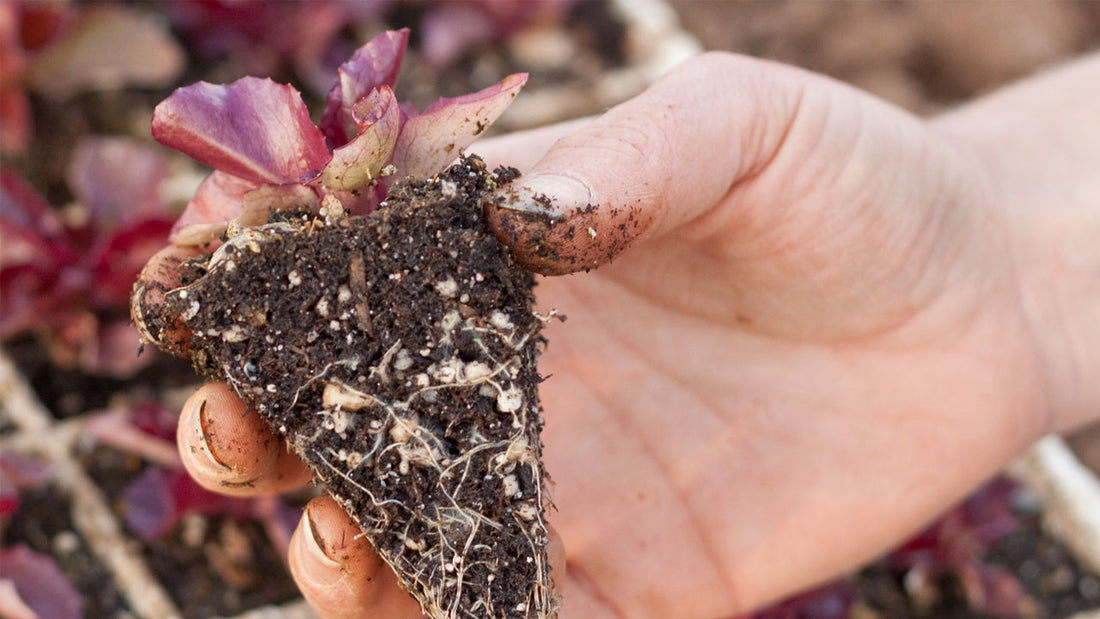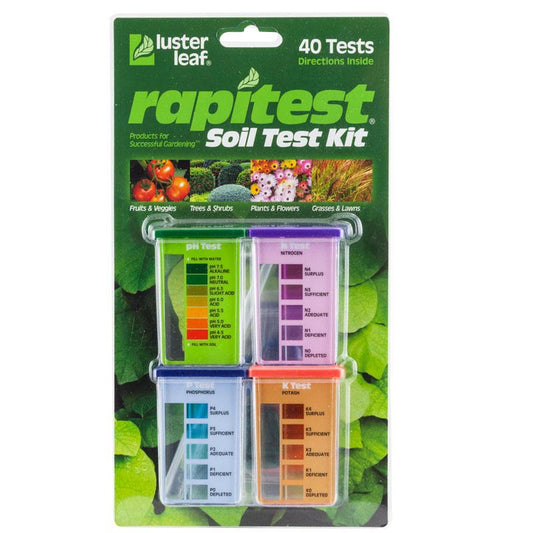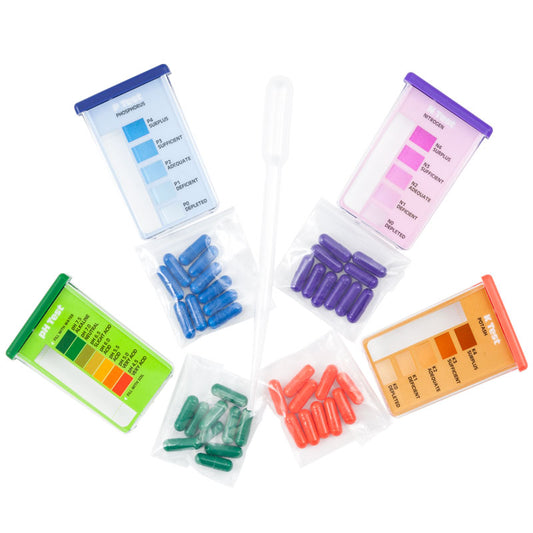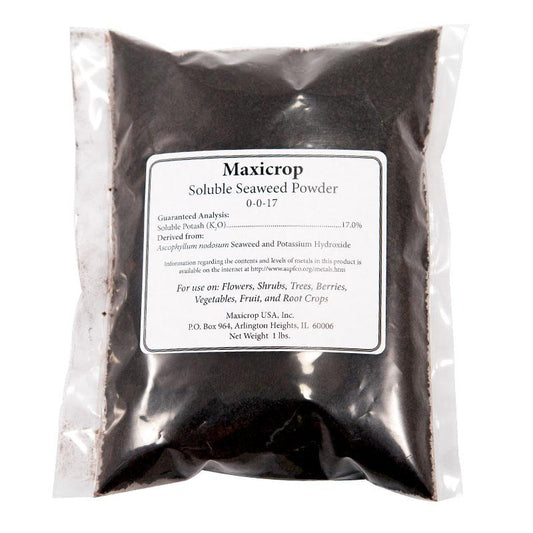Transplanting your small plants into the ground is an important process, that if done incorrectly can cause a set back in your plants development or possibly kill them before they even get started.
Timing is Everything in Your Garden
For optimal results it is important to transplant at just the right time:
- When the plants roots have filled out their pots and before the plants become root bound.
- When the plants have been fully hardened off - Set outside in a protected spot, to acclimatize to the weather for a few days.
- When the weather is cool (morning or evening) or overcast and not too windy.

When is it Ready to Transplant?
To check if a plant is ready, gently squeeze the edges of the pot so the plant will come out with little effort. If you can see an abundance of roots just starting to creep along the edge of the pot, but they haven’t yet begun to fully circle, you are ready to transplant.
If the soil or loose growing media starts to fall apart and there aren’t many visible roots, the plant is telling you that it needs a little longer in its current home before being transplanted. It is important to realize that the plants you buy at the nursery have been given lots of attention, water and fertilizer.
I always think of the seedlings out in front of the grocery store or pharmacy as Six Packs on Steroids, as they are normally fed commercial fertilizer to grow them fast and get them blooming. It can be a shock for such plants to go from constant nitrogen feed to your garden soil and bloom time is not the best time to transplant. Whenever possible, look for the pot with blooms not quite open. All potted plants will need a little TLC or transplant shock can interrupt their growth and set them back by two or three weeks.
Seek out plants that are well matched to the size of the pot they're growing in. If the plants look too small they may have been recently transplanted and won’t yet have developed a strong root system. Plants that are big and overgrown will have a tangled root mass that’s too small to support the top growth. Yellowing foliage indicates that this plant is probably root bound.
Planting Day
An overcast day with calm wind is ideal for transplanting. If it is a sunny day either plant very early in the morning and (if very hot or windy) cover the plants immediately with garden fabric to protect them from windburn and sunburn. Or, as I prefer, plant them after the heat of the day has passed and water them in well. This gives them several hours to settle in before the sun grows hot, the following day. Even an hour or two of wind or hot sun is enough to cause harm.
Prepare your soil with organic fertilizers and soil amendments suited for your area. A soil test is a great tool to determine what your soil needs to grow beautiful and healthy plants. Make sure your irrigation is set up and ready to go. I have actually witnessed people planting and then, sometimes a few days later, getting their irrigation set up! Plants need immediate water, regularly, to make it through the shock of being moved from one growing situation to another and begin to establish their roots.
Soak all transplants thoroughly before planting and lightly water your prepared holes. Move individual plants from pot to soil quickly so their roots are exposed to the air as briefly as possible. Once planted, tamp down around plant gently to stabilize plant and immediately soak the entire area to establish good capillary action between the newly disturbed soil and the surrounding soil and remove any air pockets. Soaking means watering slowly to moisten the soil to a depth of 3-4". If possible, give these new plants a drink of kelp, such as Maxicrop or liquid Kelp. Plants should be settled into the garden at the same soil level as they were growing in their pots.
Tomatoes are the exception to this rule, because they are able to sprout roots all along their stems. With large tomato seedlings you can carefully remove the bottom leaves and bury the roots and stem so that only the top 4-6" of the plant shows above the soil level. It can take several weeks for young transplants to develop new roots and begin drawing moisture and nutrients from the surrounding soil.
Monitor your plants daily to make sure the root zone doesn’t dry out. If you do a really great job of minimizing transplant shock, you may see your plants begin to grow within a few days.






1 comment
Besides tomatoes, you can also deep plant pepper plants after cutting the lower leaves off.